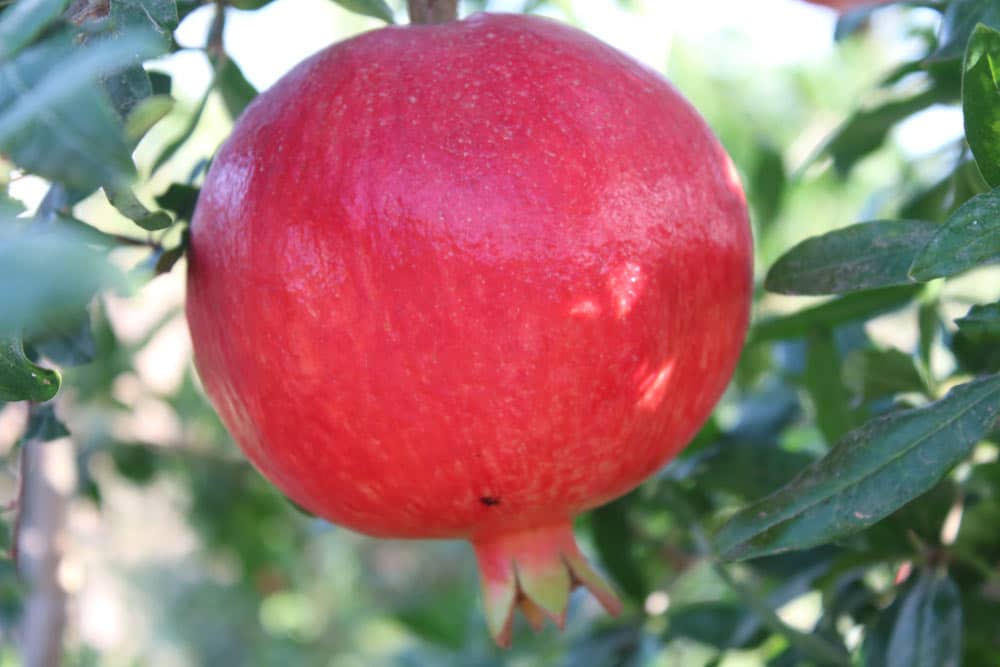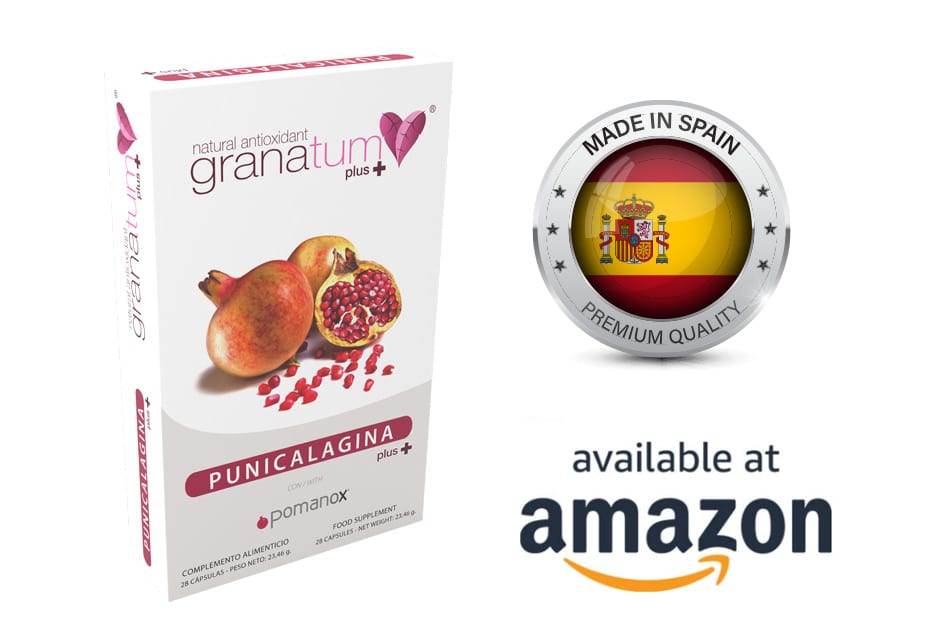
The aim of this work were to determine the polyphenolic profile and the antibacterial properties of pomegranate peel flour, in view to its application in the food industry as potential antimicrobial “natural” agent. For thus, the antibacterial properties of pomegranate peel flour were tested against.
The antibacterial properties of pomegranate peel flour suggested that it is a promising antibacterial agent.
COUNTRIES: Portugal and Spain
CONDUCTED BY: CBQF – Centro de Biotecnologia e Química Fina – Laboratório Associado, Escola Superior de Biotecnologia, Universidade Católica Portuguesa/Porto, Porto, Portugal; IPOA Research Group (UMH-1 and REVIV-Generalitat Valenciana), AgroFood Technology Department, Escuela Politécnica Superior de Orihuela, Miguel Hernández University,Orihuela, Spain
PUBLISHED ON: Food Control
RESEARCH:
The aim of this work were to determine the polyphenolic profile and the antibacterial properties of pomegranate peel flour, in view to its application in the food industry as potential antimicrobial “natural” agent. For thus, the antibacterial properties of pomegranate peel flour were tested against: Listeria monocytogenes,Listeria innocua, Staphylococcus aureus, Pseudomonas aeruginosa, Escherichia coli and Salmonella sp. bacterial strains. The polyphenolic profile was determined by HPLC. The Total Phenolic and Total Flavonoid content were also determined. The HPLC analysis of the pomegranate peel flour, showed a total of eight phenolic compounds. Punicagalin was the main component found in pomegranate peel flour (16.67 mg/g) followed by ellagic acid (0.15 mg/g). pomegranate peel flour had antibacterial activity against all bacteria tested with minimal inhibitory concentrations comprised between 20 and 50 mg/mL. The antimicrobial activity was in a decreasing order: Salmonellasp = E. coli = S. aureus = L. monocytogenes > P. aeruginosa > L. innocua. The antibacterial properties of pomegranate peel flour suggested that it is a promising antibacterial agent.
YEAR: 2015
 RESEARCH TITLE:
RESEARCH TITLE: